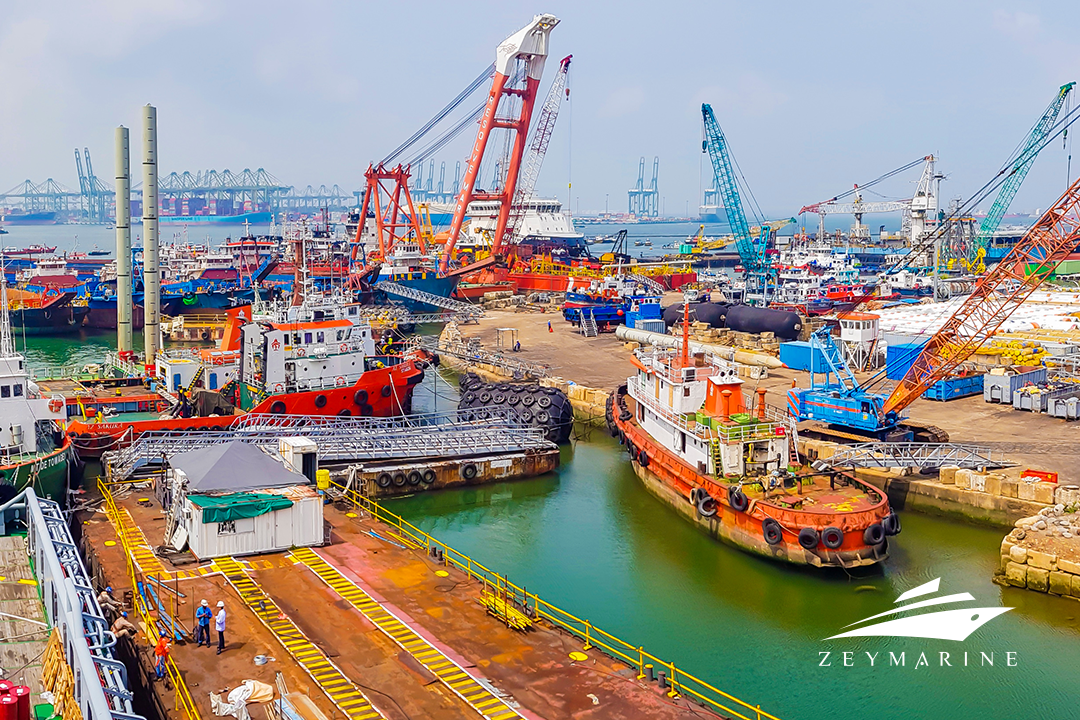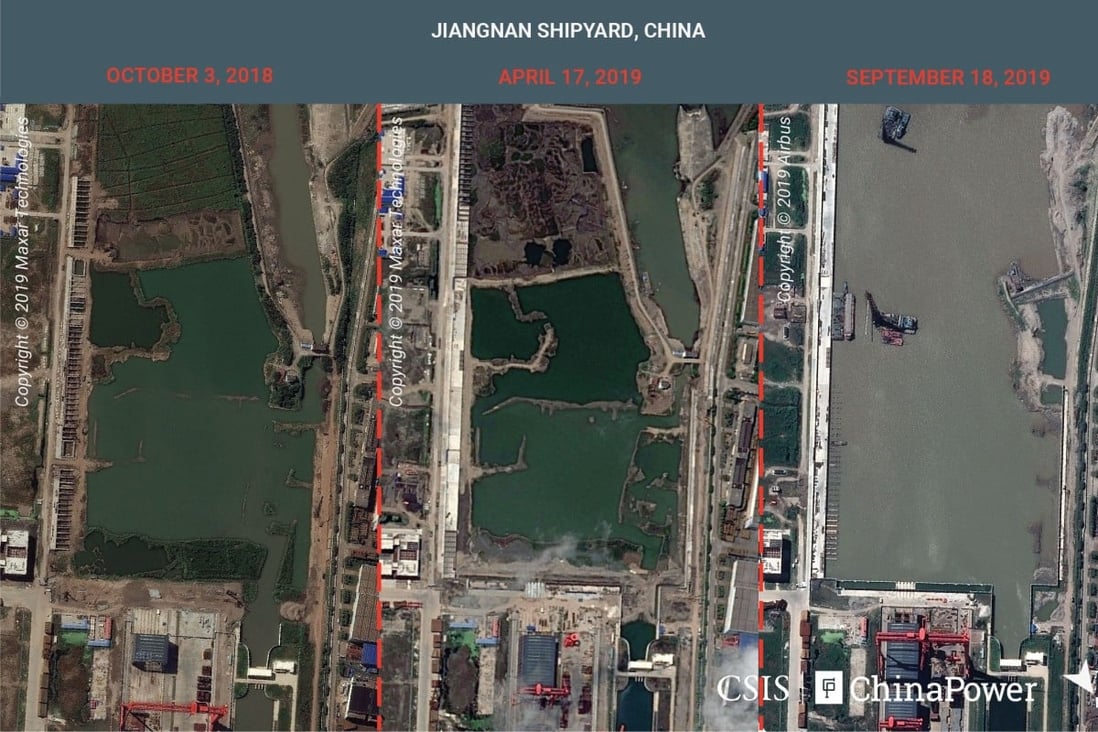The Far East’s advance to hegemony in the shipbuilding sector has been nothing short of wonderful. China, South Korea, and Japan have converted their shipyards into global powerhouses in recent decades, outperforming traditional maritime giants in Europe and North America. Let’s dive into the elements that have propelled the Far East to its premier position in shipbuilding and into the secrets of its incomparable accomplishment.
Economical Thrust
The dominance of the Far East in shipbuilding is mainly due to its compelling economic advantages and unprecedented breakthroughs in recent years. Countries with extensive labor pools, such as China and South Korea, are able to build ships at much lower costs than their Western counterparts. As a result of this labor cost advantage, combined with considerable infrastructural investment, the region has been able to attain economies of scale and cost efficiency.
They have also benefited from substantial government assistance and industrial strategies. To stimulate the growth of shipbuilding companies, governments in the Far East have carefully allocated resources, offered fiscal incentives, and developed proper regulatory frameworks. These preemptive initiatives have been critical in fostering a favorable atmosphere for shipyards to prosper.
Competent Workforce
Without taking into account the region’s highly qualified workforce and substantial training programs, the success story of the Far Eastern shipbuilding industry cannot be fully told. In order to create a qualified workforce, shipyards in China, South Korea, and Japan have prioritized human capital development and built effective training programs.
These nations have adopted apprenticeship programs, vocational training plans, and training alliances because they understand how crucial it is to develop talent. The Far East has been able to manufacture ships of remarkable quality and workmanship by providing its crew with the essential knowledge and abilities, thus solidifying its name in the worldwide shipbuilding market.
Innovations
The Far Eastern shipbuilding sector has demonstrated a remarkable dedication to technological innovation, research, and development. Shipyards in nations like South Korea and Japan have made significant investments in cutting-edge technology, sophisticated production techniques, and automation. For production optimization and increased operational effectiveness, they have embraced digitalization, robots, and artificial intelligence.
Collaboration between research institutions and shipyards has been extremely important in promoting innovation. The creation of novel materials, propulsion systems, and environmentally friendly technologies has been made possible through close collaborations between industry and academia. The Far East has been able to maintain its competitive edge and provide cutting-edge boats to satisfy changing global demand thanks to its unrelenting pursuit of innovation.
Shipbuilders in the Far East have embraced the use of cutting-edge materials to produce lighter, more fuel-efficient, and environmentally friendly ships. By lowering weight while maintaining structural integrity, high-strength steel alloys, aluminum composites, and carbon fiber-reinforced polymers are changing shipbuilding.
Shipyards in the Far East have significantly increased fuel efficiency through the use of lightweight structures, which has lowered emissions and operating costs. These advancements give a competitive edge in a sector looking for environmentally friendly solutions while also being consistent with global sustainability aspirations.
The Far East has been in the vanguard of this revolutionary wave, which has swept the shipbuilding sector by storm. Shipyards are using virtual reality simulations, 3D modeling, and digital twin technology to streamline the design and construction process, facilitating quicker prototyping and better stakeholder collaboration. Additionally, ships made in the Far East are incorporating smart ship technologies. These technologies improve operational effectiveness, safety, and sustainability. They range from sophisticated navigation systems and sensor networks to remote monitoring and control systems. Leading the pace in creating smart, connected ships that use data-driven insights for peak performance are Far Eastern shipbuilders.
Global Collaborations
The Far East’s leadership in shipbuilding is due to considerable international engagement and collaborations, as well as domestic initiatives. Shipyards in the area have actively sought out opportunities to cooperate with foreign clients, forging partnerships and joint ventures with well-known companies in Europe and North America.
These partnerships have improved the prestige and credibility of the shipbuilding sector in the Far East, while also facilitating the transfer of best practices, technology, and information. Shipyards in the area have expedited their learning curve and acquired a competitive edge in the global market by leveraging the knowledge of their foreign partners.
Flexibility
The shipbuilding sector in the Far East has demonstrated impressive adaptability and product diversification. Shipyards in the area have broadened their product lines from their early emphasis on commercial vessel construction to keep up with changing market demands. They have grown to include segments such as cruise ships, LNG carriers, specialist vessels for the oil and gas industry, and offshore drilling rigs.
The Far East has been able to sustain a regular flow of orders and remain competitive in a dynamic global business environment because of its capacity to adapt and meet the needs of various markets. Shipbuilders in the area have been successful in capturing a sizeable portion of the market by consistently looking for new opportunities and enhancing their capabilities.









